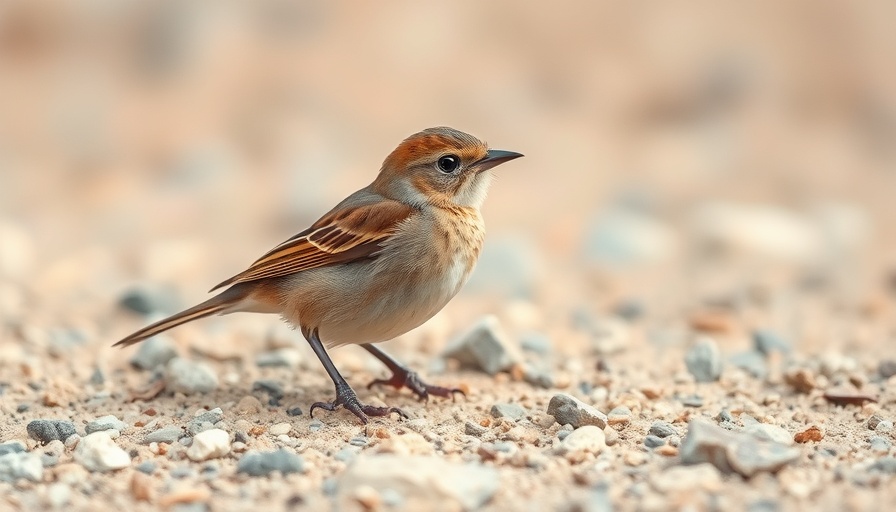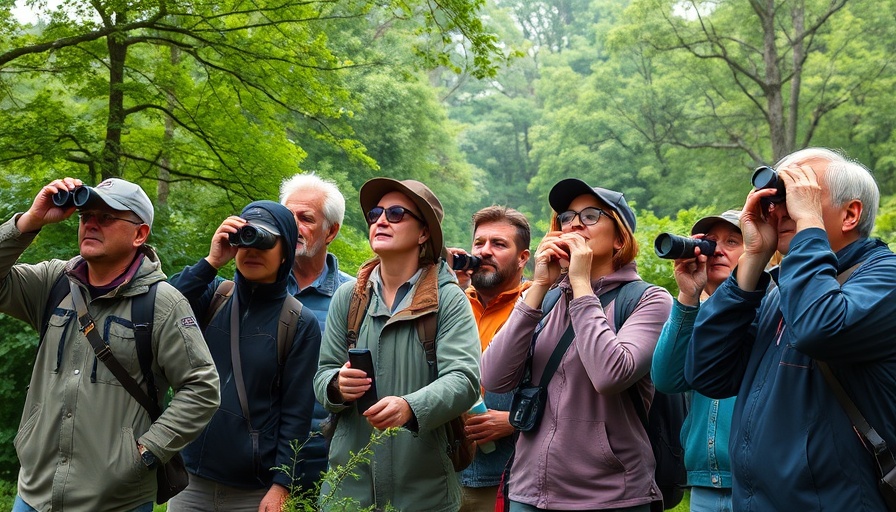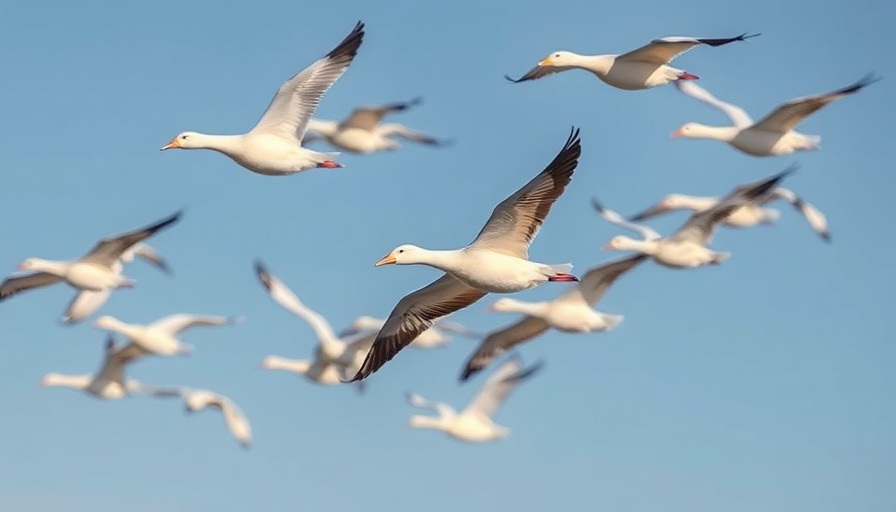
Understanding the Brown, Streaky Songbirds of Summer
When summer arrives, nature presents us with a vibrant display of new life, and among the most captivating sights are the brown, streaky juvenile songbirds. While they may seem unremarkable at first glance, these birds are integral to our ecosystems and offer fascinating insights into avian behavior. Learning how to identify these youngsters can both enrich your birdwatching experience and enhance your appreciation for biodiversity.
Why Identification Matters
Identifying these songbirds fosters a deeper connection with nature. Each species plays a unique role in its habitat, from controlling insect populations to aiding in plant pollination. By understanding the traits of these birds, such as their elongated bodies, streaked plumage, and distinct calls, you'll not only enjoy the simple act of birdwatching but also contribute to ongoing conservation efforts by observing local populations.
Key Identification Tips
To get started, focus on the following traits:
- Coloration: Look for soft brown and streaky patterns that can blend seamlessly into their surroundings.
- Behavior: Many juvenile songbirds exhibit playful behavior, flitting from tree to tree in search of insects or seeds.
- Vocalizations: Listen carefully; each species has a unique call that sets it apart.
Take, for example, the juvenile Song Sparrow – it’s often seen hopping along the ground, foraging for food. In contrast, the juvenile Blackburnian Warbler tends to favor the treetops, showcasing that knowing their feeding habits can assist in spotting them.
The Benefits of Knowing Your Birds
Enhancing your birdwatching skills transforms a leisurely activity into an educational pursuit. Observing juvenile songbirds teaches patience and attentiveness. Additionally, it fosters an understanding of their life cycles and migratory patterns, vital knowledge for any nature enthusiast.
Take Action for Bird Conservation
As you begin to identify these fascinating juvenile songbirds, consider adopting measures to support local populations. Simple actions like keeping your garden bird-friendly and participating in local bird counts can make a substantial difference. Every observation you make helps contribute to valuable data that supports bird conservation efforts!
 Add Row
Add Row  Add
Add 




Write A Comment